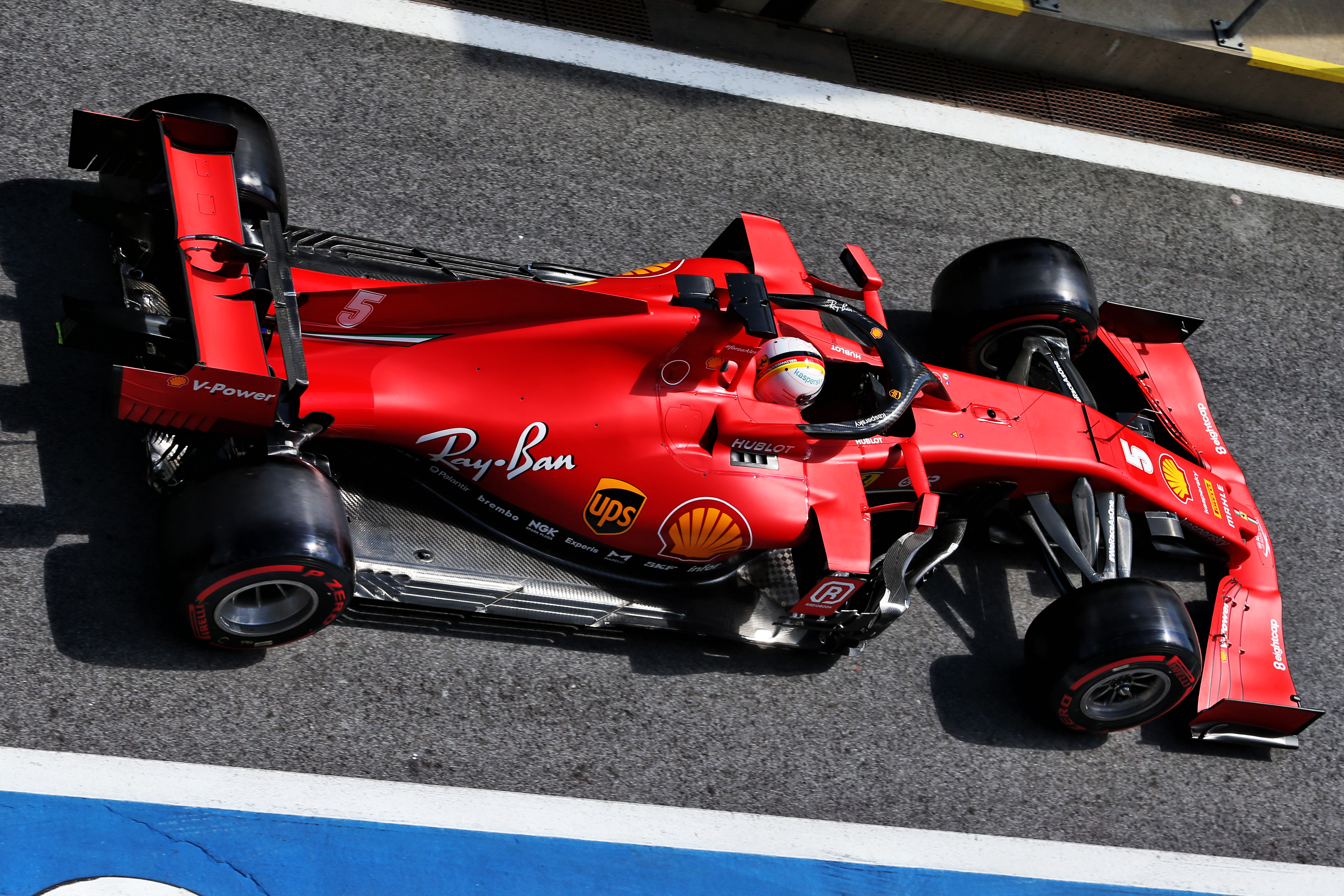How recent engine rulings have impacted negatively upon Ferrari is about more than just the engine performance itself. It will have also have compromised the car’s aerodynamics.
Now we have the first grand prix weekend to look back on to analyse the patterns of performance between the teams we can see in a bit more detail the extent and nature of Ferrari’s shortfall.
It’s been well reported that the SF1000’s speed through the Red Bull Ring trap was 13kph down on that of last year’s car – and that Charles Leclerc qualified 0.92s slower than his pole time of 2019.
Ferrari went from being comfortably the fastest through the traps to the absolute slowest – 11kph slower than the Mercedes W11.
Mattia Binotto admits that they have lost power since last year and maintains that the car is more draggy too. The series of technical directives regarding fuel flow at the end of last year and added to a few weeks before the season began, appear to have impacted heavily upon Ferrari which infamously settled an FIA investigation into the 2019 power unit with a ‘private agreement’.
Romain Grosjean – whose Haas uses a Ferrari engine – said after qualifying last week that he was ‘shocked’ by the performance of the 2020 engine.
“When we got into quali mode,” he said, “there is much less than last year. Much less.”

We could see in Q1 – when the top teams would use a fairly tame mode with their power units – that the Ferrari was around 0.4s adrift of Mercedes. But into Q2 – when the teams normally begin to turn the motors up – that deficit to Merc increased to 0.7s and in Q3 stood at 0.9s.
The pattern is quite clear, and backs up Grosjean’s comments: the engine can no longer run with a very aggressive qualifying map.
The 0.5s increase in deficit Q1 to Q3 represents implies a power difference of around 25bhp around the Red Bull Ring – suggesting it was 25bhp further off the Merc in Q3 than it was in the lower Q1 mode.
Video analysis showed the new car to be slightly quicker through most of the corners than last year, so despite actually gaining time through the corners, it was over 0.9s down over the lap. Mercedes by contrast was over 0.3s faster than last year (and Racing Point 0.9s faster, with its ‘pink Mercedes’).
Technical directives that have impacted on Ferrari’s power have reduced not only the performance of the power unit itself but also given it a less than ideal aerodynamic performance. With engine specs essentially frozen, this is not an insignificant problem
Not all of that 0.9s of Ferrari’s lost lap time will be engine power; that would equate to a power loss of almost 50bhp. Some of it will be increased drag – and this tallies with Binotto’s comments at the car’s launch that the aim with the car had been to increase its downforce, even at the expense of some drag.
Where the design team aims the trade-off point between downforce and drag is a key point in the conception of the car at its earliest stage.
The more power you are expecting to have, the more drag and downforce you can afford. A car conceived around the expectation of more power than it eventually gets would tend to be running more downforce than it could ‘afford’ as the lesser power would be less able to overcome the extra drag that the extra downforce creates.

This is almost certainly what Binotto was referring to last week when explaining why the car arrived at the Red Bull Ring in almost identical spec to that of pre-season testing.
“We pushed our project on trying to seek a lot of downforce, [compared to] our situation last year in terms of weaknesses. I think whatever we developed was too fragile in terms of aero robustness when being back on track and what we are trying to do now is to have a step back and try to understand and reassess the problem and then moving forwards later on,” said Binotto.
The development direction that had been planned was deemed no longer appropriate for the level of aero efficiency that the car’s reduced power could carry.
So the technical directives that have impacted on Ferrari’s power have reduced not only the performance of the power unit itself but also given it a less than ideal aerodynamic performance. With engine specs essentially frozen, this is not an insignificant problem.
However, in race trim, when the high engine modes are not so crucial, the car is more competitive than in qualifying. Charles Leclerc’s second place was aided by attrition, but it was significant that he was able to out-perform the McLarens and Racing Points – cars which had been able to qualify ahead of him.

Lando Norris commented after the race, “That Ferrari is very nice in race trim. It is very quick in the corners. Faster than us. It’s not a great track for them because they are very slow on the straights. But in race trim…”
Furthermore, the Red Bull Ring is quite a power-sensitive track and not particularly downforce-sensitive.
The Hungaroring is the opposite. So even if Ferrari were bringing no updates there, we could expect it to be more competitive in Budapest than here.
We should not judge the effectiveness of the upgrades therefore on how the car goes in Hungary.
A few more races will be needed for a more accurate reading.



